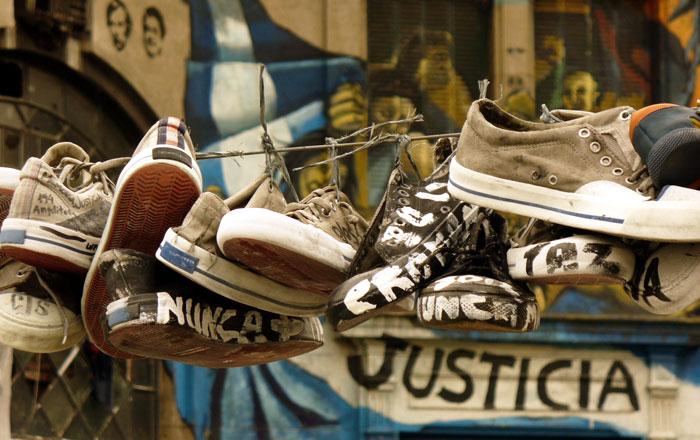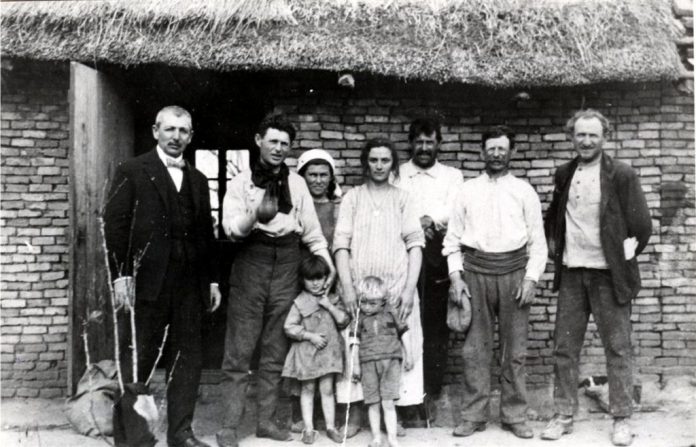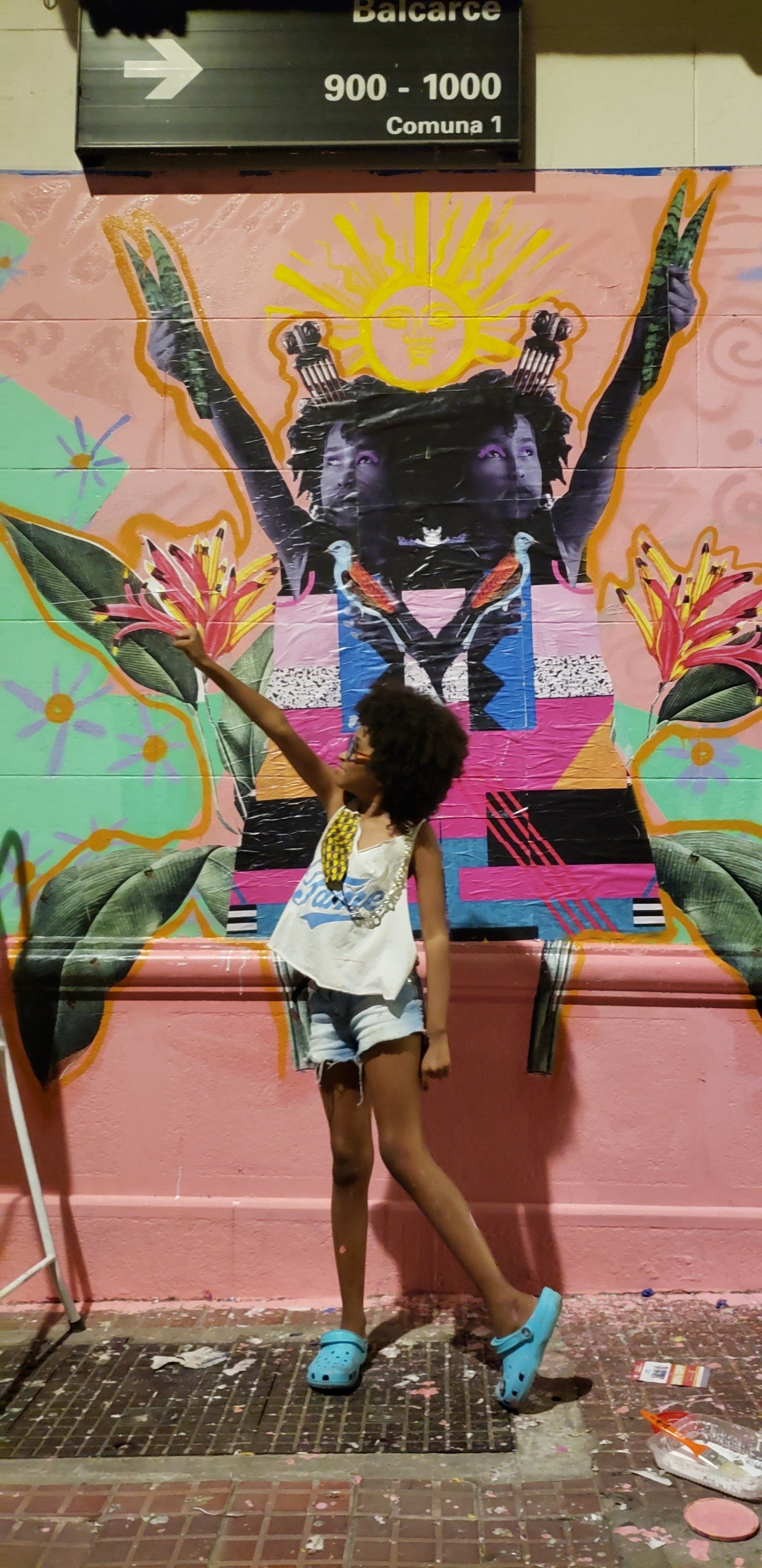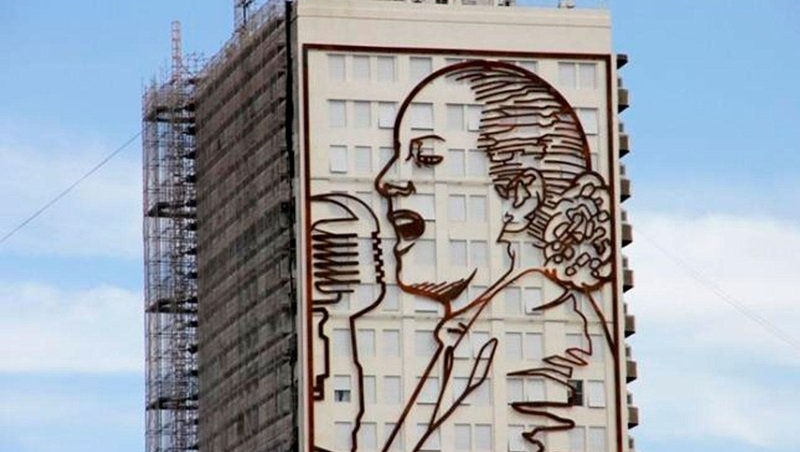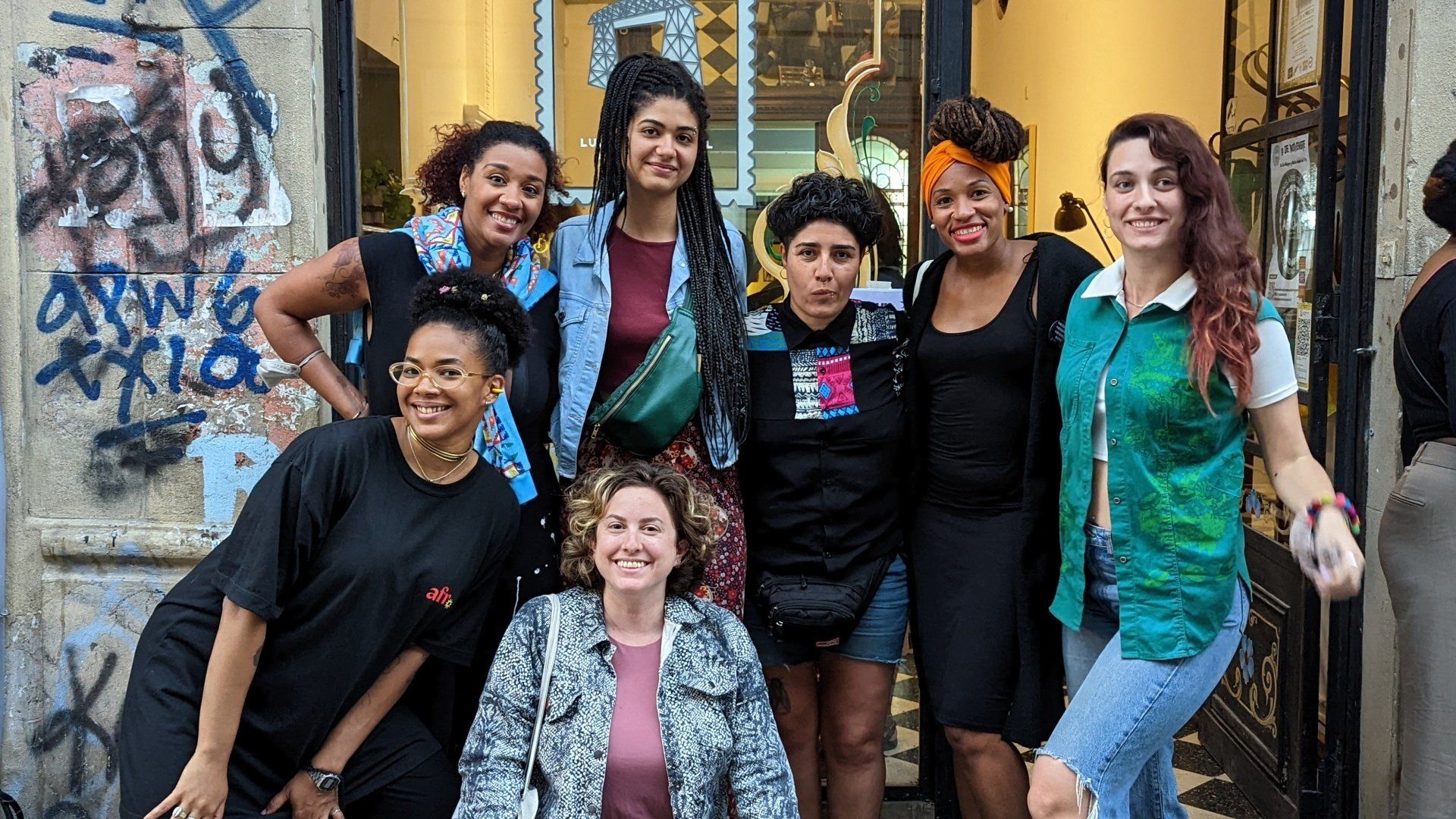Black History Tour for Kids: finally, it's time to give back
Black kids with tight curls and broad smiles flocked to the gates of the National Historic Museum on a cool, sunny fall afternoon in San Telmo, Buenos Aires. Just their presence there, running freely and playing tag in the patio of the museum seemed like a small act of justice: these kids were laughing and playing on top of an old slave trade market, by a house that had been built by enslaved Black people. Now, 169 years after the abolition of slavery in Argentina,
our young audience gathered to experience something momentuous: a Black History Tour to learn the value and the contributions of the Afro-Argentines.
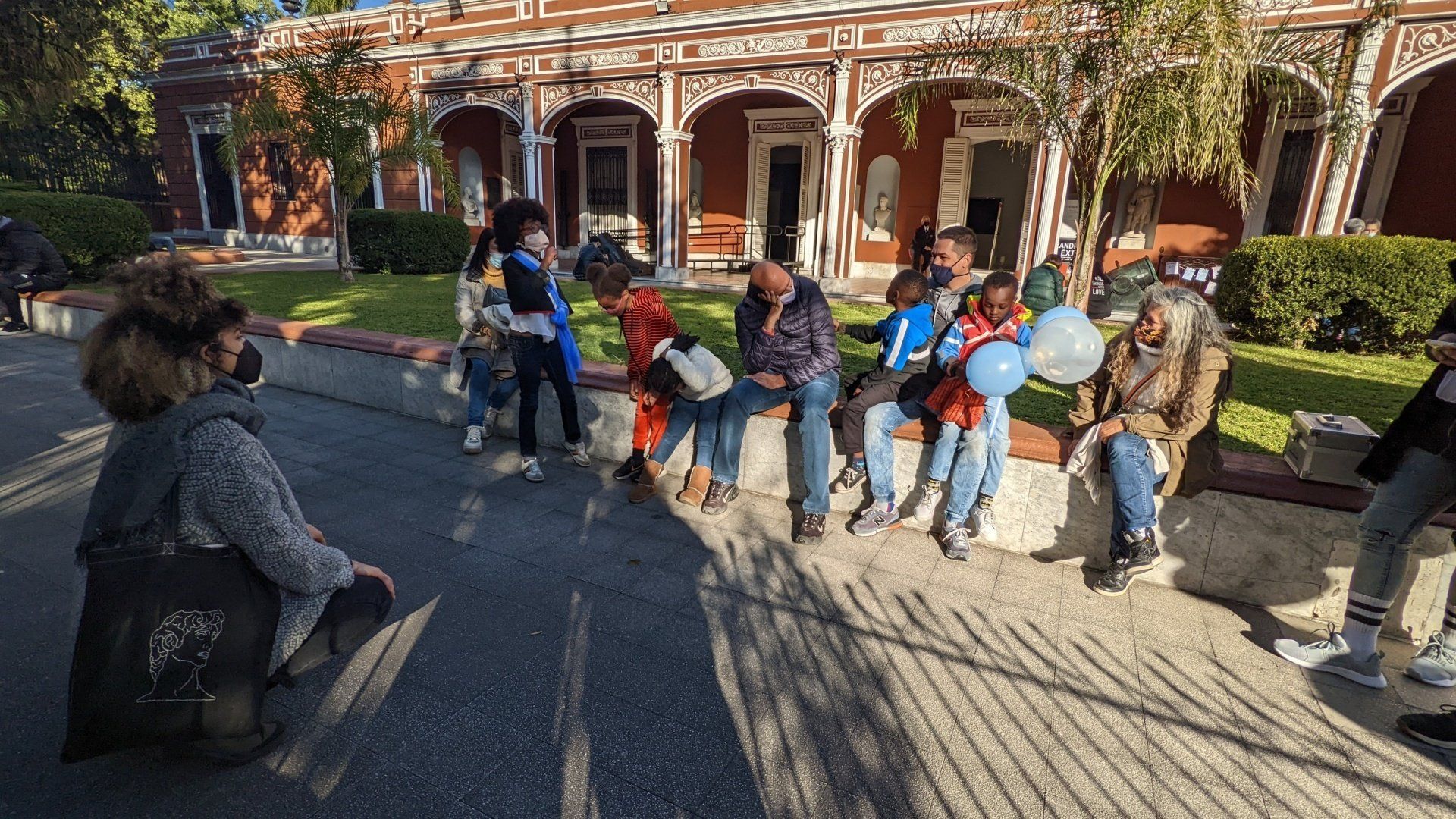
“There are no Black people in Argentina”, “All the Black people died in the yellow fever epidemic”, “And in the Paraguayan wars too!”: Argentina is a country that has historically denied its diversity to fabricate a mirage of a white, European country… in South America! The travel industry has willingly piggybacked on this fabrication, selling the capital of the country, Buenos Aires as “The Paris of South America”. But in colonial times, up to 45% of the city was Black, and far from disappearing, there are up to one million Afro Argentines alive today. It was time we included their stories in the history of our city.
And so, in 2020 we launched the only tour in the country about Black History. It was emotional as it was intense, and every step of it felt necessary in a country where Black people have literally been counted out of the census for over a hundred years. As we researched the immense contributions of the Afro Argentines to our history and culture, the comment “well I did not hear THAT at school!” became all too common. And so,
when we launched the tour for both locals and international tourists, we decided to donate a tour for kids for every private tour we sold.

And on May 28th, 2022, we were finally able to start making good on our promise. We reached out to groups of parents with Black kids and offered to join our tour for free, to revel in the pride of their Blackness and to hear all those positive things about Afro Argentine culture they would not hear in the Argentine education system.
On our tour, we spoke about what we know about Africa, about Black Heroine Maria Remedios del Valle (the Mother of the Motherland!), about the importance of being able to choose our job and who we relate with, about slavery and the value of freedom, about what it means to be an Argentine and about the meaning of
quilombo. This word, used pejoratively in Argentina as a synonym for chaos and disorder, originally referred to the spaces where Black people escaped to during slavery times, where they organized raids to liberate further enslaved folk. When our guide Julia asked the kids what they now understood for
quilombo, one of them said “protection”.
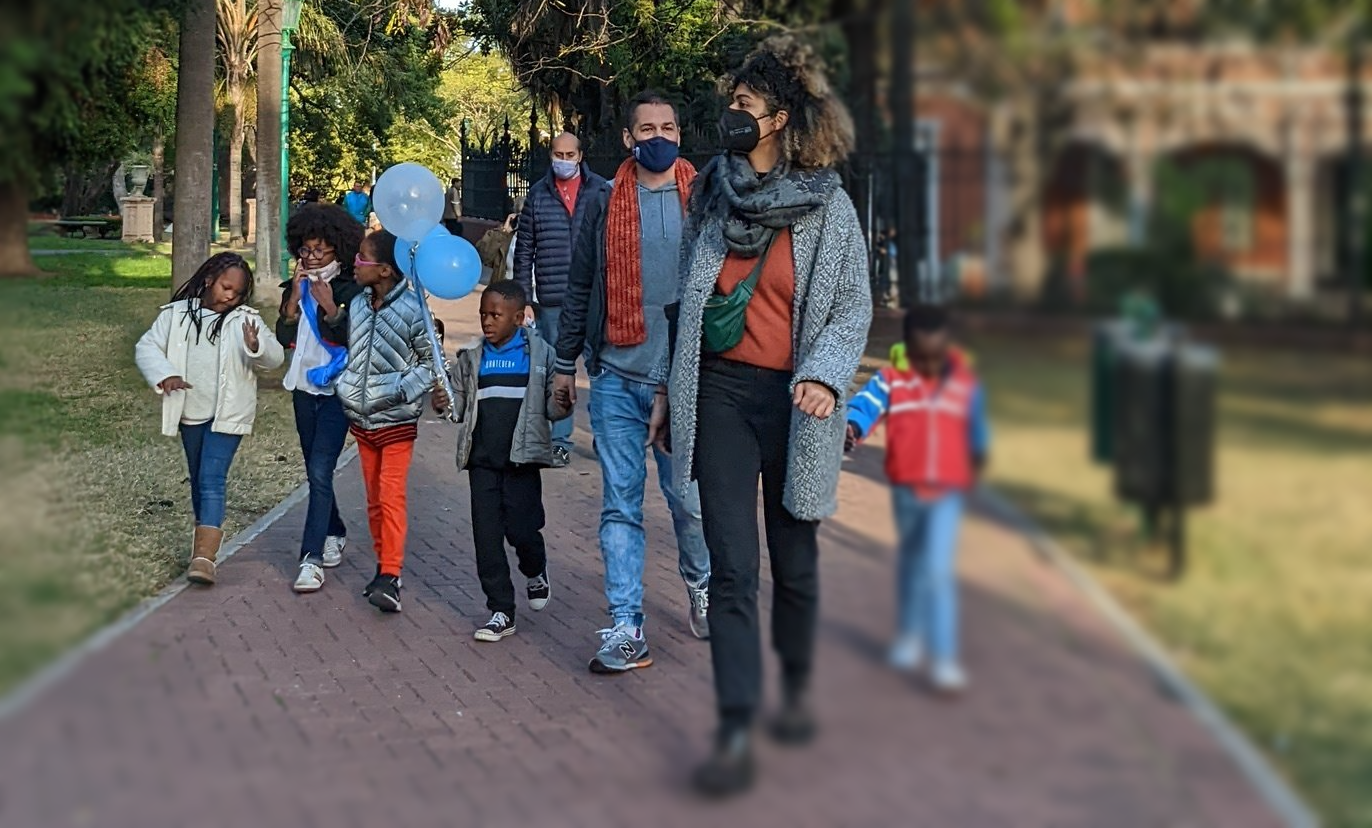
We have been born in an unequal and difficult world. But everyone has a choice to try to transform the spaces where they live. In an industry that has largely profited from perpetuating a racist version of history, this is our grain of sand and our statement: diversity is our biggest asset and our biggest pride. Sharing the diverse stories of our society brings nuance and depth to what we share, and it can empower local communities that have been shun out, in our case, from the tourism industry and its storytelling.
This tour will now start running once a month, completely for free, for Black kids and their families. It is our dream to enlarge this to bring people from the broad society into this tour, and to bring this tour into the classrooms of our city to help raise a generation of people who can take our country forward in all of its glorious diversity.
